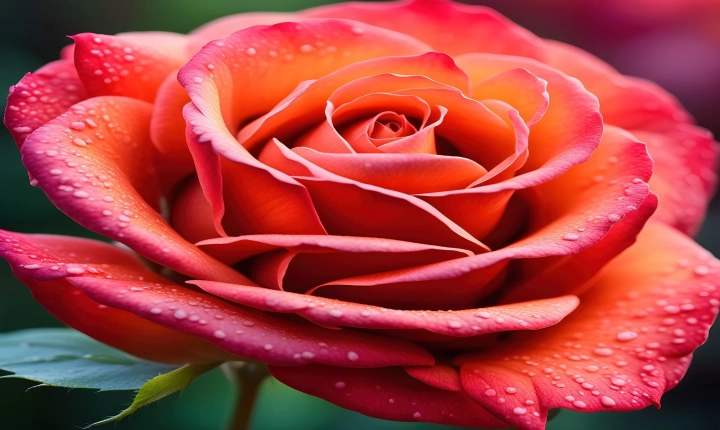Title: How to Program an AI Art Generator: A Step-by-Step Guide
Artificial intelligence (AI) has revolutionized the way we create and interact with art. One of the most fascinating applications of AI in the art world is the development of AI art generators, which can produce stunning and unique visual artworks. In this article, we will discuss how to program an AI art generator, providing a step-by-step guide for those interested in delving into this exciting field.
Step 1: Choose the Framework and Tools
The first step in programming an AI art generator is to choose the appropriate framework and tools. There are several popular frameworks for building AI models, such as TensorFlow, PyTorch, and Keras. Each framework has its own strengths and weaknesses, so it is important to consider the specific requirements of the AI art generator project before making a choice. Additionally, tools for image processing and manipulation, such as OpenCV or PIL (Python Imaging Library), will be essential for handling visual data.
Step 2: Collect and Prepare the Training Data
The next step is to collect and prepare the training data for the AI art generator. This will typically involve sourcing a large dataset of visual artworks, such as paintings, photographs, or illustrations. The dataset should be diverse and representative of the style and genre of art that the AI art generator is intended to produce. Preprocessing the data, such as resizing, normalizing, and augmenting the images, is also a crucial step to ensure that the AI model can effectively learn from the data.
Step 3: Choose the AI Model Architecture
Selecting the appropriate AI model architecture is a critical decision in the programming of an AI art generator. Convolutional neural networks (CNNs) are commonly used for image-related tasks, and architectures such as Generative Adversarial Networks (GANs) and Variational Autoencoders (VAEs) have been particularly successful in generating realistic and diverse artworks. It is important to explore and understand the strengths and limitations of different architectures before choosing the one best suited for the art generator project.
Step 4: Train the AI Model
Once the framework, tools, data, and model architecture have been selected, it is time to train the AI model. This involves feeding the prepared training data into the model and iterating through multiple training epochs to optimize the model parameters. During the training process, monitoring the model’s performance and making adjustments, such as tuning hyperparameters or adding regularization techniques, may be necessary to ensure the best results.
Step 5: Generate Artworks
After the AI model has been trained, it is ready to generate artworks. By inputting random vectors or images into the trained model, the AI art generator can produce new and original visual creations. The generated artworks can be further manipulated and adjusted, depending on the specific requirements and artistic objectives.
Step 6: Evaluate and Refine the Results
As with any AI model, evaluating the performance of the AI art generator is essential. This can involve assessing the visual quality, diversity, and originality of the generated artworks, as well as examining any potential biases or limitations of the model. Refining the AI model based on the evaluation feedback is an ongoing process that aims to continuously improve the art generator’s capabilities.
In conclusion, programming an AI art generator is a multifaceted and complex endeavor that requires a combination of technical skills, creativity, and an understanding of art and aesthetics. By following the step-by-step guide outlined in this article and continually experimenting and refining the AI model, developers can produce remarkable AI art generators that push the boundaries of visual art and creativity.
